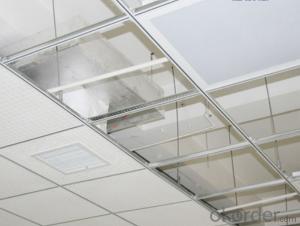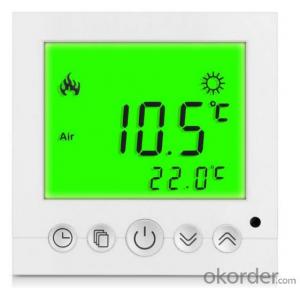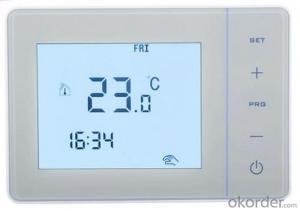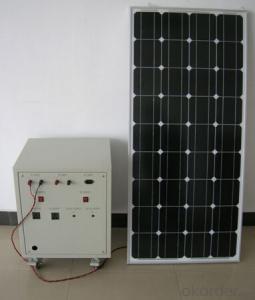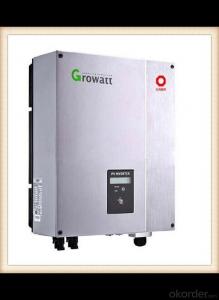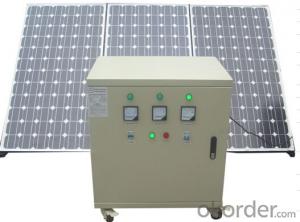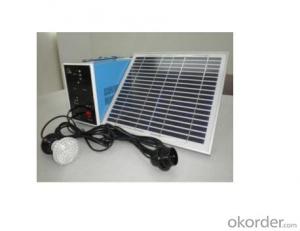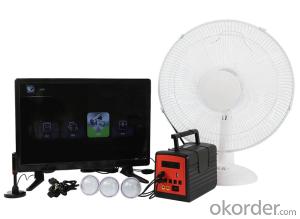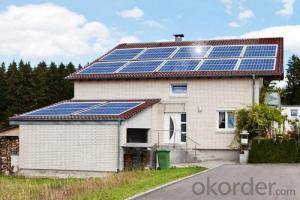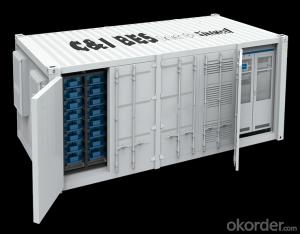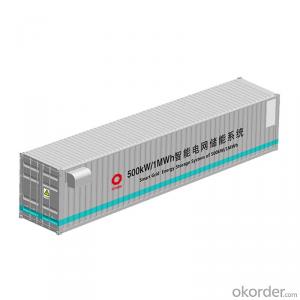Hybrid Inverter Solar System
Hybrid Inverter Solar System Related Searches
Primer For Galvanized Steel H S Code For Stainless Steel Wd 40 For Stainless Steel Spray Paint For Stainless Steel Glue For Stainless Steel Step Bit For Stainless Steel Magnets For Stainless Steel Caulking For Stainless Steel Steel Vessels For Kitchen Best Solar Inverter For HomeHot Searches
Steel Mesh Panels For Sale Cheap High Tea Sets For Sale High Density Fiberboard For Sale Solar Hot Water Collectors For Sale Scaffolding For Sale In Uae Scaffolding For Sale In Ireland Scaffolding For Sale In Houston Type Of Inverter For Solar Price Of Shipping Containers For Sale Used Solar Inverter For Sale Portable Led Signs For Sale Stone Hot Water Bottles For Sale Large Led Screens For Sale 1/4 Aluminum Plate For Sale H4 Led Headlight Bulbs For Sale Flexible Solar Cells For Sale Air Pump For Aquarium Price Inverter Size For Solar System Solar Edge Inverter For Sale Aluminum Bar Stock For SaleHybrid Inverter Solar System Supplier & Manufacturer from China
Okorder.com is a professional Hybrid Inverter Solar System supplier & manufacturer, offers integrated one-stop services including real-time quoting and online cargo tracking. We are funded by CNBM Group, a Fortune 500 enterprise and the largest Hybrid Inverter Solar System firm in China.Hot Products
FAQ
- The utilization of solar energy systems greatly reduces water usage in comparison to traditional fossil fuel power plants, leading to a positive impact. Solar power operates without the need for water, whereas conventional power plants consume large quantities of water for cooling purposes. This excessive water consumption can be harmful to local ecosystems and water resources, particularly in regions with limited water availability. Furthermore, solar energy systems indirectly aid in water conservation by decreasing the dependence on other energy sources that require significant amounts of water. By transitioning to solar power, the necessity for coal or natural gas power plants, which consume vast quantities of water for cooling and extraction processes, can be reduced. This reduction in water usage not only helps preserve local water resources but also addresses water scarcity concerns faced by many areas. Moreover, solar energy systems can be integrated with water management infrastructure to optimize water usage. For example, solar panels can be installed on reservoirs or other bodies of water, providing shade and reducing evaporation rates. This aids in water conservation and the maintenance of reservoir levels, which are essential for agriculture, drinking water supply, and ecosystem well-being. In conclusion, solar energy systems have a positive impact on water usage by eliminating the need for water consumption in electricity generation and reducing reliance on water-intensive energy sources. Additionally, solar power can be combined with water management infrastructure to optimize water usage and conserve water resources. Embracing solar energy allows us to contribute to a more sustainable and water-efficient future.
- Yes, solar energy systems can still be used in areas with limited access to solar junction boxes. In such cases, alternative solutions like off-grid solar systems or portable solar panels can be utilized to harness and store solar energy without relying on traditional junction boxes. These systems allow for greater flexibility and independence in utilizing solar energy, even in areas with limited infrastructure.
- Yes, a solar energy system can be used in areas with high winds. While high winds can potentially cause damage to the system if not properly installed, modern solar panels are designed to withstand various weather conditions, including high winds. Most solar panels are tested and certified to withstand wind speeds of up to 140 miles per hour (225 kilometers per hour). Additionally, solar panels can be securely mounted on rooftops or using ground mount systems that are specifically designed to withstand strong winds. It is important to ensure that the solar energy system is installed by professionals who understand the local wind patterns and can appropriately design and install the system to withstand high winds.
- Certainly, churches or temples can utilize solar energy systems to power their operations. These buildings are particularly suitable for solar power due to their spacious roofs that can accommodate solar panels. By installing these systems, religious institutions can significantly decrease their electricity expenses, save money, and become more sustainable. Sunlight is converted into usable energy by solar panels, which can then be employed to fulfill the religious institution's lighting, heating, cooling, and other electrical requirements. Recent advancements in solar technology have made it possible to store surplus energy in batteries, ensuring uninterrupted power even on cloudy days or during the night. The usage of solar energy not only reduces the operational costs of religious institutions but also aids in reducing their carbon footprint. By minimizing reliance on fossil fuels, solar power systems contribute to mitigating climate change and advocating for environmental stewardship. This resonates with the core principles of numerous religious organizations that emphasize the significance of environmental sustainability and responsible Earth stewardship. Moreover, solar energy systems can serve as visible demonstrations of the religious institution's dedication to sustainable practices, inspiring both members and the wider community to adopt renewable energy solutions. By embracing solar power, religious institutions can showcase their commitment to caring for the planet and encourage others to do the same. To summarize, solar energy systems can effectively power religious institutions such as churches or temples. They present an eco-friendly and economical solution that aligns with the values of many religious organizations. By embracing solar power, these institutions can reduce their energy costs, promote sustainability, and inspire their members and the community to embrace clean energy solutions.
- The impact of saltwater exposure on solar panels can be significant and detrimental. Saltwater contains high levels of corrosive salts, such as sodium chloride, which can corrode the materials used in solar panels. This corrosion can lead to the deterioration of the panel's components, including the frame, wiring, and connectors. The primary concern with saltwater exposure is the damage it can cause to the protective coatings on the solar panel surfaces. These coatings are designed to protect the cells from environmental factors, including moisture and UV radiation. When saltwater comes into contact with these coatings, it can break them down, leading to the exposure of the solar cells. Once the cells are exposed, they become vulnerable to the corrosive effects of saltwater. The corrosive salts can attack the metal contacts and connections within the solar panels, leading to a decrease in their efficiency and overall performance. This corrosion can also cause electrical shorts or open circuits, which can render the solar panels completely non-functional. Furthermore, saltwater exposure can also lead to the accumulation of salt deposits on the surface of the solar panels. These deposits can reduce the amount of sunlight reaching the solar cells, thereby reducing their energy production. The salt deposits can also create an additional barrier between the sunlight and the cells, further decreasing their efficiency. To mitigate the impact of saltwater exposure, it is crucial to implement proper maintenance and cleaning procedures for solar panels in coastal or saltwater-rich environments. Regular cleaning using a non-abrasive solution can help remove salt residues and prevent the buildup of deposits. Additionally, using materials that are resistant to corrosion and saltwater, such as marine-grade aluminum or stainless steel for panel frames and connectors, can help prolong the lifespan of solar panels in these harsh environments. In conclusion, saltwater exposure can have a detrimental impact on solar panels, leading to corrosion, reduced efficiency, and potential failure of the system. Proper maintenance and the use of corrosion-resistant materials are essential to minimize the negative effects of saltwater exposure and ensure the long-term performance of solar panels in coastal or saltwater-rich areas.
- Yes, a solar energy system can be expanded in the future. Solar energy systems are designed to be flexible and scalable, enabling homeowners or businesses to add more solar panels or increase their capacity as their energy needs grow. This can be done by installing additional panels, expanding the current system, or incorporating new technologies. Additionally, advancements in solar technology are continuously being made, making it easier to integrate and expand solar energy systems in the future.
- Solar energy systems are certainly applicable in agricultural settings. The utilization of solar energy in agriculture has gained popularity in recent years. The installation of solar panels on rooftops or as ground-mounted systems in agricultural fields is a means to generate clean and renewable electricity. There are multiple ways to implement solar energy in agricultural settings. One prevalent application is the use of solar power for irrigation systems. Solar-powered water pumps effectively draw water from wells or other sources and distribute it for irrigation purposes. This reduces reliance on fossil fuel-powered pumps and lowers overall energy costs for farmers. In addition, solar energy can be employed to power electric fences, lighting systems, and ventilation systems in livestock operations. These systems contribute to improving animal welfare, boosting productivity, and reducing the environmental impact associated with traditional energy sources. Furthermore, solar energy can facilitate crop drying and processing. Solar dryers remove moisture from crops, minimizing the risk of spoilage and prolonging shelf life. Solar-powered processing equipment, such as grain mills and oil presses, enhance the efficiency and sustainability of agricultural practices. Moreover, solar energy systems offer a dependable source of electricity for remote agricultural areas without access to the grid. This enables farmers to acquire modern technologies, improve productivity, and increase income. Overall, integrating solar energy systems into agricultural settings offers numerous benefits. It reduces greenhouse gas emissions, decreases reliance on fossil fuels, lowers energy costs, improves efficiency, and enhances the sustainability of agricultural practices. Therefore, solar energy presents a viable and promising option for powering various agricultural activities.
- Yes, solar energy systems can be used in areas with limited access to solar energy research facilities. Solar energy systems primarily rely on the availability of sunlight, which is a widely accessible resource. While access to research facilities may provide additional knowledge and expertise, the basic principles of solar energy can be understood and implemented even without direct access to such facilities. Additionally, advancements in technology and the availability of online resources have made it easier for individuals and communities to learn about and install solar energy systems, regardless of their proximity to research facilities.
